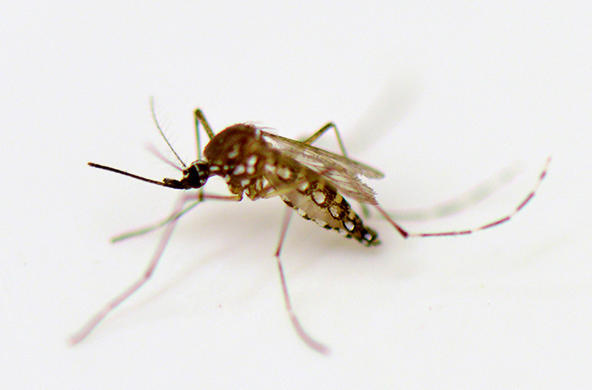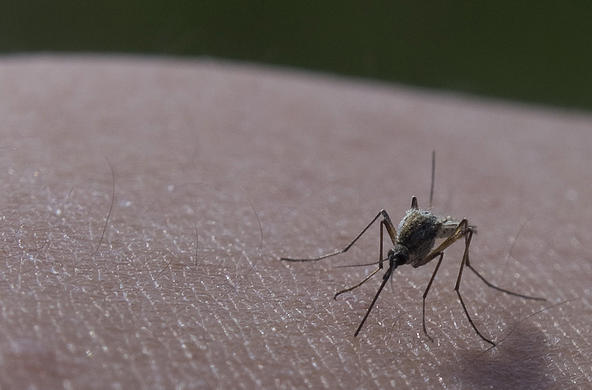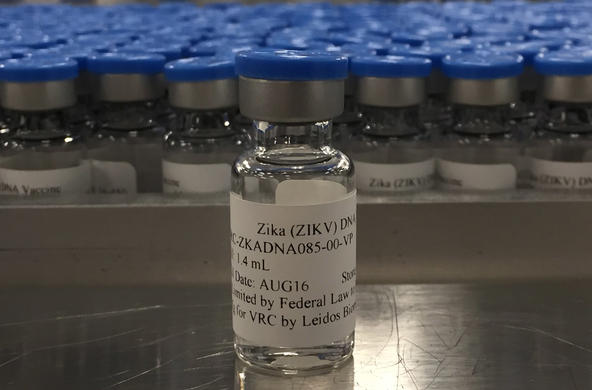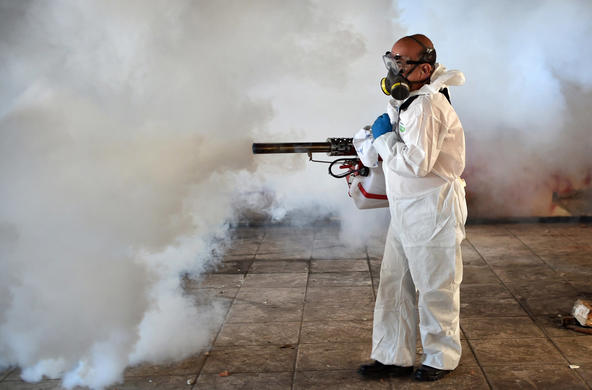Reducing disease risk in urban centers
Cities are mosquito breeding hotspots. Garbage heaps, unmanaged vegetation, and paved surfaces holding pools of standing water make for ideal mosquito habitat. Invasive species like Aedes aegypti – which bite during the day and are particularly attracted to humans – thrive in urban environments.
In cities, mosquito numbers are regulated by factors closely tied to a neighborhood’s socioeconomic status. Often, less-affluent neighborhoods face management challenges that put residents at greater risk of getting sick from a mosquito bite.
The two mosquitoes species that transmit Zika, Aedes albopictus and Aedes aegypti, are imports from Southeast Asia and Africa respectively, and are now active on nearly every continent. Adapted to breed almost exclusively in cities, they bite people during the day and breed in small containers of water – a bottle cap will suffice. As long as cities support large numbers of Aedes mosquitoes, urban residents are at risk from not just Zika but chikungunya, dengue, and emerging diseases that aren’t even on our radar.
The problem
- Aedes mosquitoes are present in nearly half of US cities.
- Wetter weather and urban heat islands allow mosquitoes to thrive beyond their typical northern ranges.
- Sanitation practices, building vacancy, green space management, and urban wildlife all influence urban mosquito populations.
- Because urban landscapes are variable, mosquito management must vary on a block-by-block basis.
We are identifying environmental factors that promote mosquito hotspots in cities – to guide equitable management efforts and mitigate disease risk.
We are exploring...
- How urban landscape features and socioeconomics influence both mosquito numbers and the incidence of mosquito bites
- How mosquito populations are distributed throughout urban neighborhoods
- How cities and individuals can control mosquitoes effectively
“Social and environmental factors influence mosquito numbers and can put urban residents at greater risk of getting sick from a mosquito bite. Understanding how neighborhood dynamics regulate mosquitoes is key to managing diseases like West Nile and Zika virus in cities. We are unraveling the interplay of factors like land cover, microclimate, and socioeconomics to inform targeted mosquito management.” – Shannon LaDeau
Our discoveries
Social and ecological dynamics of urban neighborhoods influence who mosquitoes bite. In Baltimore, Maryland, researchers found that socioeconomic differences between neighborhoods affect residents’ chances of getting bitten by a disease-carrying mosquito. Factors like: landscape features that support mosquito reproduction, presence of other animals like cats and rats, and residents’ exposure to mosquitos based on behavior were explored.
Low-income urban residents are more vulnerable to mosquito-borne disease. City neighborhoods with high levels of residential abandonment – and associated landscape features like trash piles and standing water – give rise to mosquito breeding hotspots. In surveys of neighborhoods of varying socioeconomic levels in Baltimore, Maryland, researchers found much larger mosquito populations in lower income neighborhoods than in more affluent neighborhoods.





